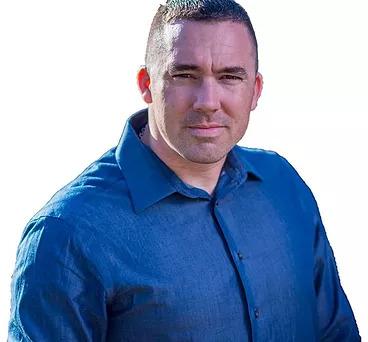Many combat veterans experience indelible psychological wounds, which often manifest as PTSD and make it difficult to adjust to civilian life. For Tom Satterly, a Delta Force veteran who served our nation for 25 years, the experiences he had in combat left him angry and isolated. But now, he’s encouraging other veterans to take the hardest but most effective step toward healing: asking for help.
Satterly was taking college classes at Indiana University when his best friend from high school returned from Army basic training. The two were on their way to a John Cougar Mellencamp concert, and he was telling Satterly about how positive his experience in the Army had been so far. By the time they arrived at the concert, Satterly was committed to enlist.






